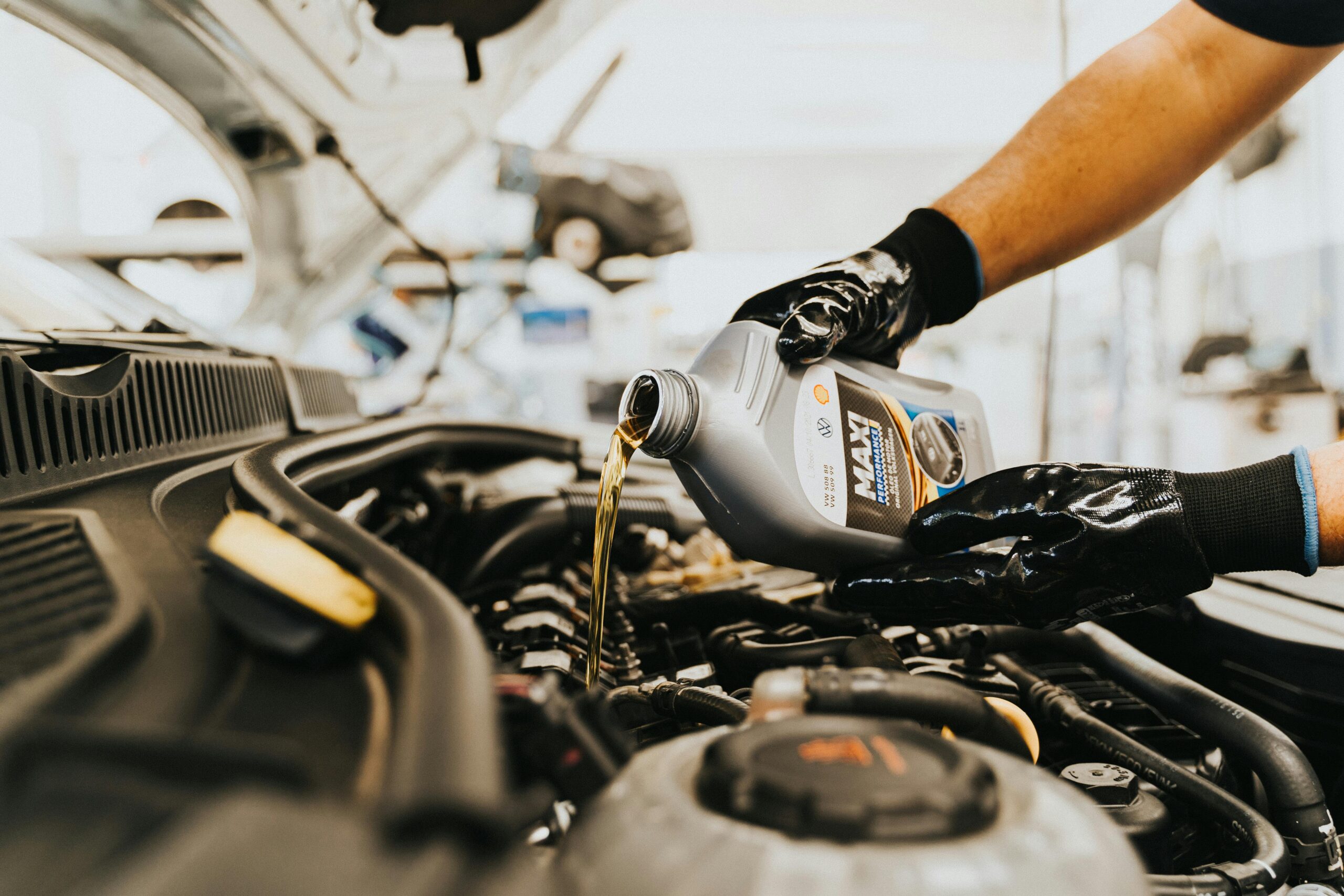

A transmission fluid exchange typically runs between $100-$400, with most people paying around $200. Your final bill depends on your car’s make, where you go, and what type of fluid you need.
Here’s what you’re actually paying for, and smart ways to keep costs down.
- Most transmission fluid changes cost around $100-$400, averaging around $200
- Your car’s make & model, type of transmission, shop location, and fluid requirements drive the price
- Manual transmissions are easier to service yourself, but modern automatics and CVTs are best left to pros
- Car insurance doesn’t cover routine maintenance like fluid exchanges, only unexpected damage
Signs you need a transmission fluid change
Watch for these red flags:
- Dark, burnt-smelling fluid on your dipstick
- Delayed or rough shifting
- Transmission warning lights
- Grinding noises from the transmission pan area
- Slipping gears or jerky shifts
Most cars need service every 30,000-60,000 miles. Some newer models (like certain Toyota Camry or Honda variants) use “lifetime” ATF with longer intervals, but your owner’s manual has the final word.
Is DIY transmission fluid replacement worth it?
It depends. Manual transmissions and older automatics are more DIY-friendly, while modern cars, CVT systems, and luxury brands like BMW are usually best left to the pros. Let’s take a look at the pros and cons.
| The upside | The downside |
|---|---|
| Save on labor costs | You need safe access to the drain plug and transmission pan |
| Choose your preferred ATF brand | Getting fluid levels right can be tricky, especially with sealed transmission systems |
| Learn your car better | Risk of spills and cleanup headaches |
Will car insurance cover fluid exchanges?
Nope. Routine maintenance like transmission fluid changes isn’t covered by Lemonade Car or pretty much any car insurance.
Insurance protects you from unexpected damage, like if your transmission system gets wrecked in a flood. Regular car care? That’s on you.
What’s a transmission fluid exchange?
Your car’s transmission works hard every mile you drive. It needs automatic transmission fluid (aka, ATF) to keep gears shifting smoothly. This fluid lubricates moving parts, manages heat, and flushes out contaminants that build up over time.
A fluid exchange isn’t just topping off low fluid. It’s swapping out most (or all) of the old ATF for fresh fluid. Some shops use machines to do this, others handle it manually.
Quick note: A transmission fluid exchange is different from a transmission flush, but we’ll break that down below.
What affects your transmission fluid change cost?
Several factors bump your bill up or down:
- Your car matters: Brands like Honda, Toyota, or Subaru might need specific ATF types. Luxury cars like BMW often cost more
- Transmission type: An automatic transmission usually needs more fluid and labor than a manual transmission. CVT systems can have their own requirements
- Where you go: Dealership rates are typically higher than independent shops. Urban areas cost more than rural mechanics
- Fluid amount: Some cars need 4 quarts, others gulp down 12+ quarts, especially those with a big torque converter
- Fluid type: Synthetic or specialty ATFs cost more than basic formulas. Always check your owner’s manual for the right type of fluid
- Extra work: You might need a new transmission filter, pan gasket replacement, or other parts
- Modern complications: Cars with a sealed transmission design can make the job trickier and pricier
Fluid exchange vs. transmission flush: What’s the difference?
A fluid exchange swaps out most of your old fluid through normal system operation, while a transmission flush uses high pressure to force out nearly every drop, along with more contaminants and debris. Here’s how they compare.
Basic exchanges are usually cheaper than flushes, but there’s a catch: flushes can sometimes loosen debris in older transmissions, potentially causing clogs. Not all manufacturers recommend them, check your owner’s manual.
If you’re keeping up with regular transmission service and your fluid isn’t severely contaminated, an exchange usually does the job.
Before we go…
Your transmission deserves some TLC, and staying on schedule with fluid changes beats dealing with a dead transmission later. The best part about routine maintenance? It’s predictable. You know it’s coming, you can budget for it, and you’re in control.
But here’s what you can’t control: that hailstorm next week, the parking lot fender-bender, or someone deciding your car looks better in their driveway than yours. While you’re taking care of your car, make sure you’re covered for everything else.
Get your Lemonade car insurance quote today.
A few quick words, because we <3 our lawyers: This post is general in nature, and any statement in it doesn’t alter the terms, conditions, exclusions, or limitations of policies issued by Lemonade, which differ according to your state of residence. You’re encouraged to discuss your specific circumstances with your own professional advisors. The purpose of this post is merely to provide you with info and insights you can use to make such discussions more productive! Naturally, all comments by, or references to, third parties represent their own views, and Lemonade assumes no responsibility for them. Coverage and discounts may not be available in all states.



